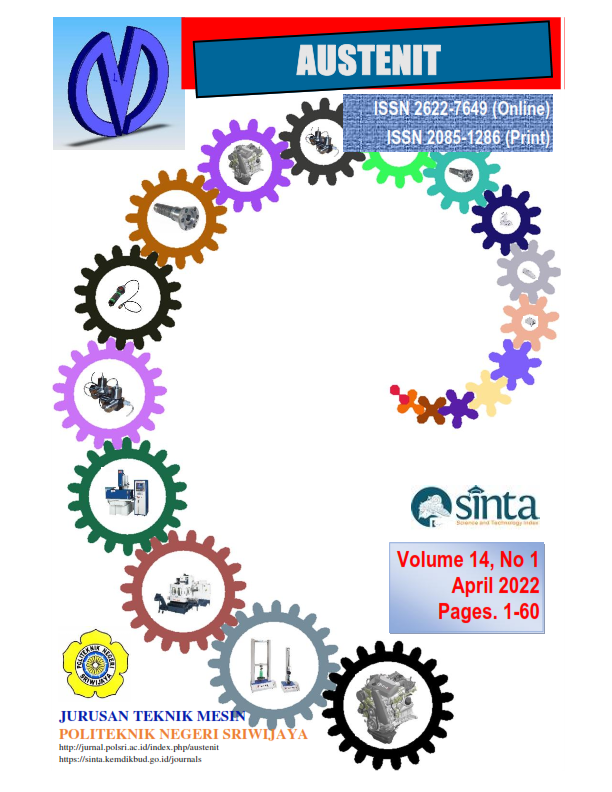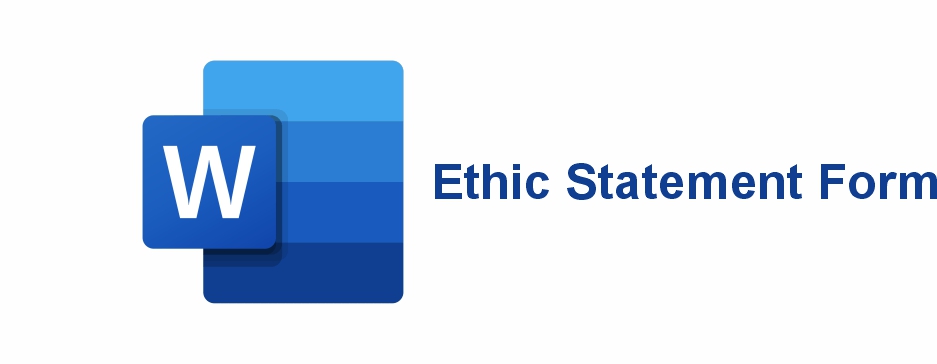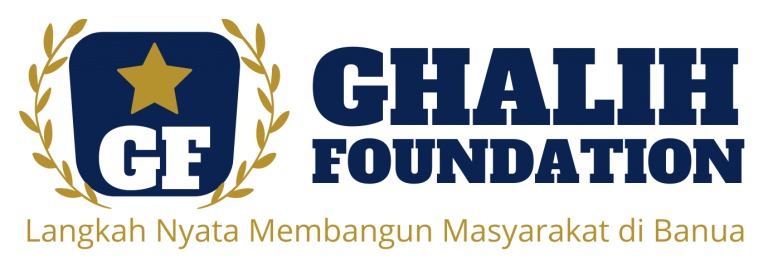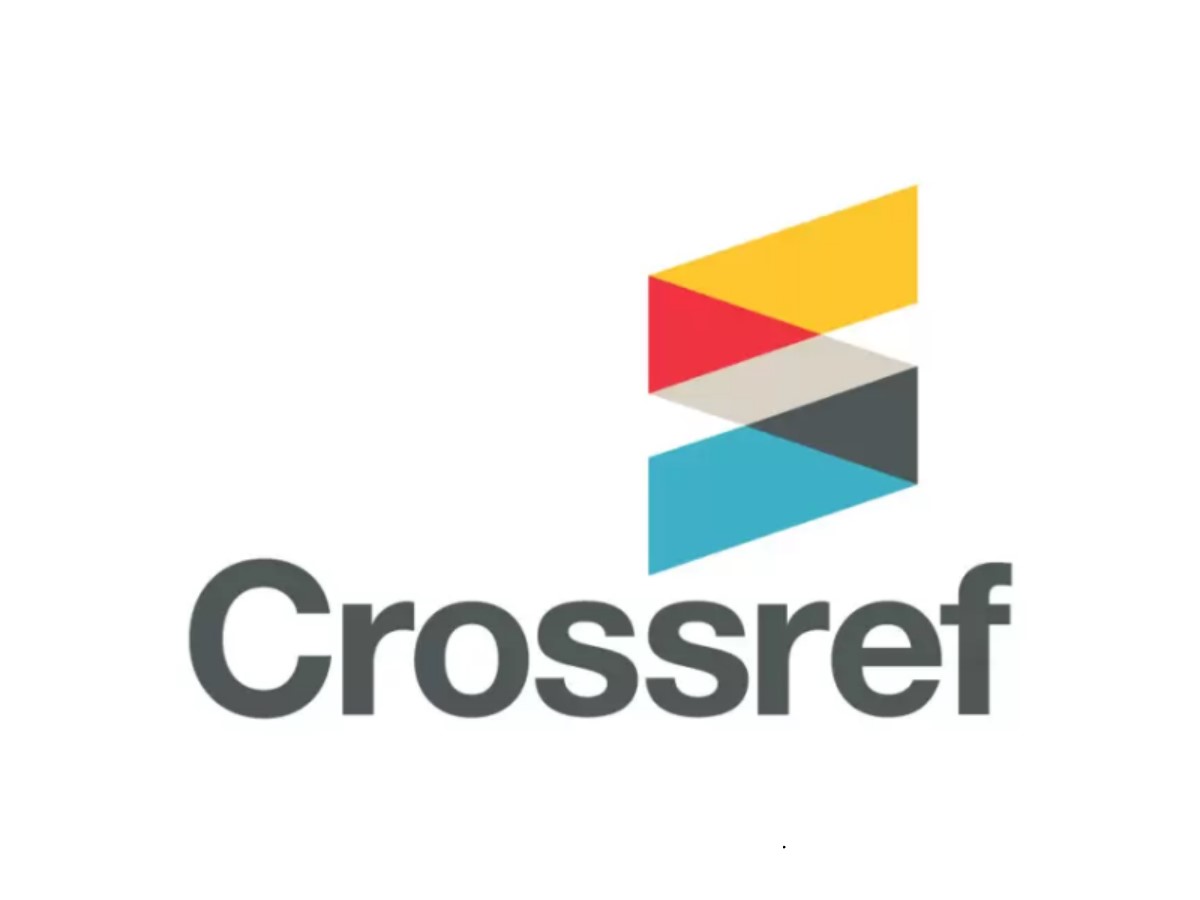STUDI PERANCANGAN ALAT VACUUM FORMING UNTUK PENGEMASAN PRODUK
DOI:
https://doi.org/10.53893/austenit.v14i1.4240Keywords:
Vaccum forming, Polyethylene terephthalate (PET)Abstract
The use of plastic is now very much in human life today. The nature of plastic is easy to form, light, strong, rust-resistant, as a good electrical insulator and of course has a high economic value, this is what makes the use of plastic more and more even replacing the use of metal, wood and glass. This study aims to design and manufacture a vacuum forming packaging device using PET with a pressure of 10 kPa. The method used is the thermo forming method. Vacuum forming is the simplest method. Parameters selected to indicate the quality of the plastic mold include the type of plastic, heating temperature and pressure. As the material to be tested is plastic type of polyethylene terephthalate (PET) measuring 55.5 cm x 61.5 cm with a thickness of 0.30 mm, The heating temperature is set at a constant temperature of 200.
Downloads
References
Cahyadi, D., & Lanta, L. (2019). Potensi Industri Produk Plastik Berbasis Industri Rumah Tangga dengan Alat Vacuum Forming Sederhana. Prosiding Seminar Nasional LP2M UNM, Hal 115-120. https://ojs.unm.ac.id/semnaslemlit/article/view/11256
Cahyadi, D., Nurabdiansyah, N., & Farid, M. (2017). Studi Perancangan Alat Cetak Pembuat Kemasan Thermoplastic Bagi IKM Dengan Metode Vacuum Forming. TANRA: Jurnal Desain Komunikasi Visual Fakultas Seni Dan Desain Universitas Negeri Makassar, 4(2), 45–61. http://ojs.unm.ac.id/tanra
Ghani, A., Yohana, E., & Wibowo, D. B. (2014). Mampu Bentuk Plastik pada Proses Vacuum Forming dengan Variasi Tekanan 0.979 Bar, 0.959 Bar, 0.929 Bar, 0.909 Bar pada Temperatur 200 oC. JURNAL TEKNIK MESIN, 2(2), 120–128. http://ejournal-s1.undip.ac.id/index.php/jtm (diakses 13 juli 2021)
Klein, P. (2009). Fundamentals of plastics thermoforming. Synthesis Lectures on Materials Engineering. Ohio University. The Morgan & Claypool Publisher.
Moelyono, E., & Setiabudi, A. (2009). Rancang Bangun Mesin Vacuum Forming untuk Skala Laboratorium. http://digilib.ubaya.ac.id/pustaka.php/133264 (diakses 13 juli 2021)
Manembah, HS. & Prasetya, S (2018). Rancang Bangun Sistem Otomatisasi Pada Mesin Vacuum Forming. Seminar Nasional Teknik Mesin, Politeknik Negeri Jakarta, Hal 103-110. http://semnas.mesin.pnj.ac.id/seminar/index.php/semnas/SNTM18/paper/viewPaper/13 (diakses 13 juli 2021)
Prasetya, S, Hasvienda M. Ridlwan, Muslimin Muslimin, Mulyono, S, Assagaf, I. (2018). KONTROL SUHU MESIN VACUUM FORMING OTOMATIS ANEKA BENTUK KEMASAN DENGAN HMI. http://prosiding.pnj.ac.id/index.php/politeknologi/article/view/1268 (diakses 13 juli 2021)
Handoko, Theodorus B and Bintoro, Agustinus Gatot. (2018). PENGEMBANGAN MESIN VACUUM FORMING UNTUK INDUSTRI KECIL MAKANAN. http://e-journal.uajy.ac.id/id/eprint/15469 (diakses 13 juli 2021)
Hasvienda M. Ridlwan, dkk. (2020). IMPLEMENTASI PERANCANGAN PERANGKAT LUNAK UNTUK KENDALI DAN MONITORING MESIN VACUUM FORMING OTOMATIS. Jurnal Teknik Informatika Kaputama (JTIK) Vol. 4 , No. 1, Januari 2020, Hal 21-28. https://www.jurnal.kaputama.ac.id/index.php/JTIK/article/view/235/246 (diakses 26 juli 2021)
Al Hakim, Wahid Arief and, Muhammad Al Fatih Hendrawan. ST. MT (2020) Pengaruh Variasi Tekanan Vacuum terhadap Penyimpangan Pembentukan Polycarbonate pada Proses Vacuum Forming. http://eprints.ums.ac.id/id/eprint/87465 (diakses 13 juli 2021)
Rachmad, F.B., (2017). Modifikasi alat Vacuum Forming untuk proses Shrink Packing. https://dspace.uii.ac.id/123456789/27854 (diakses 26 juli 2021)
Mujiarto, I. (2005). Sifat dan Karakteristik Material Plastik dan Bahan Adiktif. Semarang. AMNI Semarang.
Downloads
Published
How to Cite
Issue
Section
License
Copyright (c) 2022 Authors and Publisher

This work is licensed under a Creative Commons Attribution-ShareAlike 4.0 International License.
The Authors submitting a manuscript do so on the understanding that if accepted for publication, Authors retain copyright and grant the AUSTENIT right of first publication with the work simultaneously licensed under a Creative Commons Attribution-ShareAlike License that allows others to share the work with an acknowledgment of the work's authorship and initial publication in this journal.
AUSTENIT, the Editors and the Advisory International Editorial Board make every effort to ensure that no wrong or misleading data, opinions or statements be published in the journal. In any way, the contents of the articles and advertisements published in AUSTENIT are the sole responsibility of their respective authors and advertisers.














